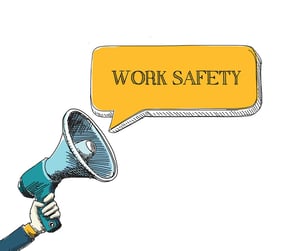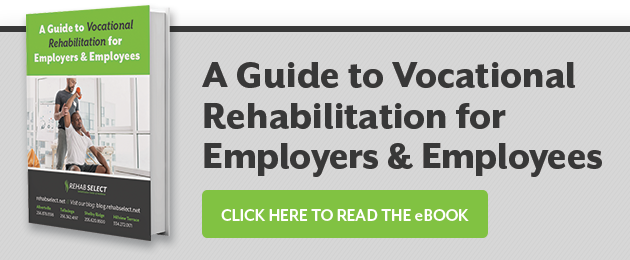 Workplace injuries are a concern for every company today, given the ever-rising costs of such incidents.
Workplace injuries are a concern for every company today, given the ever-rising costs of such incidents.
These include the human costs of on-the-job injuries—pain, suffering, disability and lost income, for instance—and the financial costs employers face, including workers' comp costs, reduced workforce productivity, and the expenses associated with replacing injured workers.
A solidly designed and implemented work injury initiative can be very effective in reducing injury rates as well as lowering the costs associated with injuries that do occur. If your company is considering such a program, here is what you need to know about starting an effective work injury initiative.
Research your company's injury patterns
Identifying where your most pressing problems lie is an essential first step in formulating a solid plan to reduce risk to your workers. That means going over injury records from the past few years to detect which jobs are generating injuries and compiling a list of those jobs in order of priority—from highest rates of injury to lowest.
Evaluate the underlying safety issues in risky positions
Once you have identified your riskiest positions, it is time to investigate the underlying issues that are leading to injuries—a task that will, in most cases, require some professional help. For example, a workplace health and safety specialist can help you detect safety and/or ergonomic issues in the workplace environment that may be contributing to injuries, or aid in evaluating the effectiveness of and compliance with existing safety policies and protocols; while an occupational therapy professional can help identify worker behaviors, such as poor posture and/or body mechanics, that may increase risk.
Get top brass on board
Support from management must include a willingness to invest in addressing environmental safety and ergonomic issues and to support the new work injury initiative publicly. This type of involvement can go a long way towards ensuring employee awareness of and participation in your work injury initiative.
Make effective employee education a priority
Employee education is an essential element in ensuring compliance with safety policies and procedures. To be effective, sessions must be much more than a dry recital of safety rules. They must be engaging and informative, making employees understand why safety protocols and equipment are important and how they are personally protected by complying with these policies. Additionally, if sprains, strains, back pain and other musculoskeletal injuries are a frequent issue, bringing an occupational therapy professional in to educate your workers on good body mechanics can benefit your company in lower rates of these injuries.
Institute a comprehensive return to work program for injured employees
Even the most efficient injury prevention plan cannot eliminate all workplace injuries. However, having a solid return to work program in place to ensure that employees who are injured on the job have the support they need as they recover can help speed the process, reducing the impact of injuries on their lives and your bottom line.
That program should include clear return to work policies, a designated return to work coordinator to manage the process, and a good working relationship with rehabilitative professionals to aid in providing necessary physical and occupational therapy and appropriate job accommodations as injured employees work towards returning to full duty.





